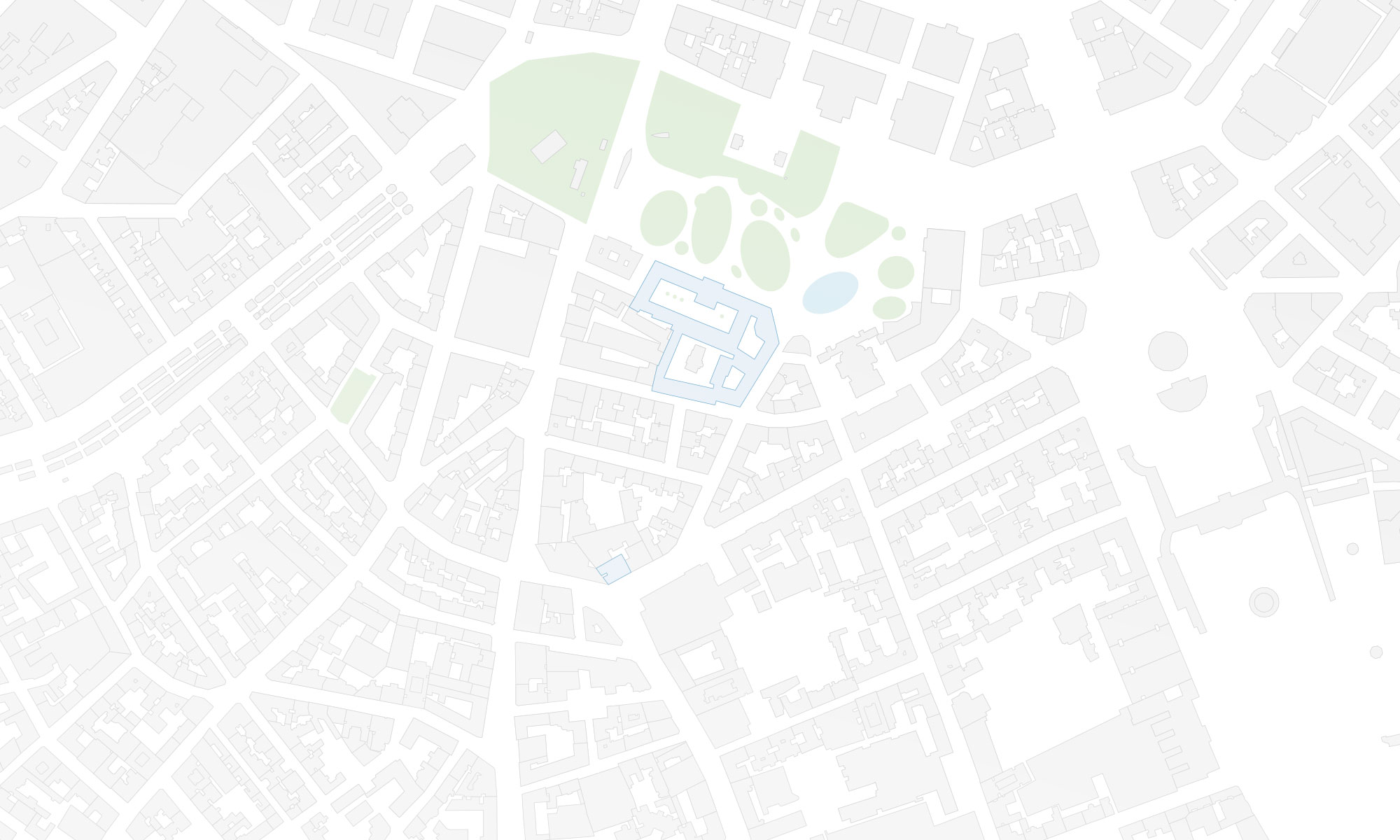Wir freuen uns, dass im nächsten CartoTalk unsere Kollegin Eszter Simonné-Dombóvári von ihrer Forschungsarbeit berichten wird:
Interaktive kartographische Webapplikationen im Unterricht
Zu den wichtigsten Zielen der Unterrichtspolitik der Europäischen Union gehört die Umsetzung eines hochqualitativen Bildungs- und Ausbildungssystems. „Lebenslanges Lernen“ und „kompetenzbasierte Ausbildung“ sind nur zwei der Keywords, die unsere Wissensgesellschaft in den letzten Jahrzehnten geprägt hat und traditionelle Bildungssysteme vor neue Herausforderungen stellte. Auch digitale Technologien brachten weitreichende gesellschaftliche Veränderungen, die auch im Bildungssystem berücksichtigt werden müssen.
Neben traditionellen Lehrmitteln spielen neue Medien und technologische Lösungen eine immer wichtigere Rolle im Schulunterricht. Für die Themen Geographie und Kartographie sind immer mehr informative oder populärwissenschaftliche Unterrichtshilfsmittel auch im Internet erreichbar, wie z.B. Geographie-Portale, Enzyklopädien, fachdidaktische Hilfsmittel, Datenbanken und Sammlungen von stummen Karten, die auch ein unterhaltsames Lernen mit Hilfe von Multimedia („Edutainment“) ermöglichen. Die Möglichkeiten des Web Mapping 2.0 verändern Unterrichtsmethode und -inhalt und bringen qualitative Veränderungen in den Unterricht. Die Anwendungen können die Arbeit und Vorbereitung der LehrerInnen und SchülerInnen unterstützen, bzw. auch außerschulisch das Interesse für die Themen Geographie und Kartographie wecken.
Der Vortrag beschäftigt sich mit den Fragen, welche Möglichkeiten die neuen digitalen Lernmittel enthalten können, und welche Rolle die Internetkartographie dabei spielen kann. Internationale Beispiele von interaktiven kartographischen Webanwendungen für topographischen und kartographischen Wissenserwerb werden präsentiert und zur Diskussion gestellt.
Freitag, 18. März 2011, 13.00 Uhr
Seminarraum 126 der Forschungsgruppe Kartographie,
Erzherzog-Johann-Platz 1, 1040 Wien
This post was automatically fetched from geo.tuwien.ac.at. Please find the original here.

